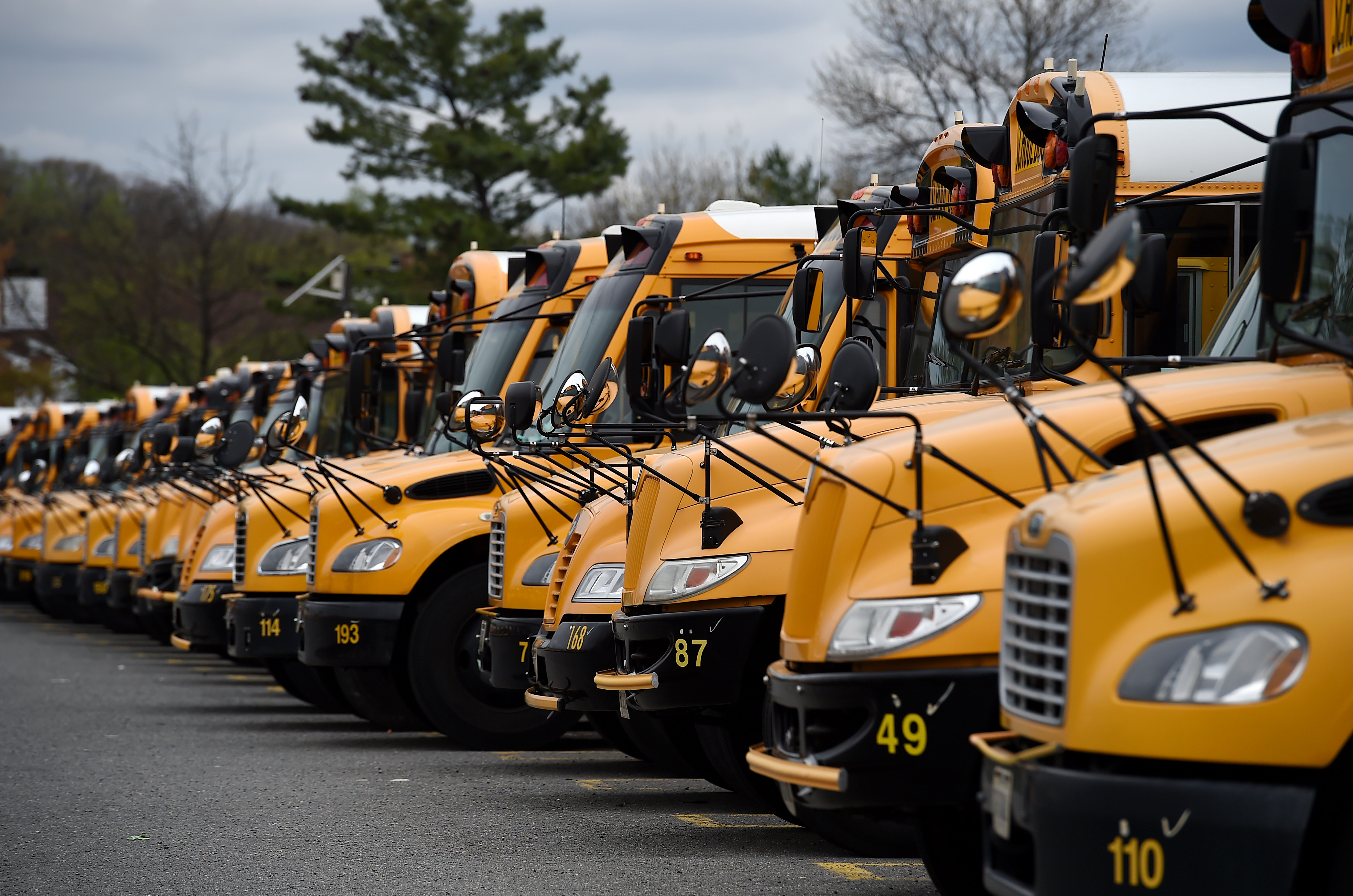The conversation about reopening options for Boston Public Schools kicked off during a school committee meeting Wednesday, during which the superintendent presented preliminary plans for the fall.
The virtual meeting, which began at 5 p.m., drew so many people, the online capacity needed to be increased.
A hybrid option, known as the "hopscotch model," received the most attention. The measure involves separating students into two groups, with each group returning to the classroom two days a week, and closing the buildings one day a week for deep cleaning.
Get top local stories in Boston delivered to you every morning. Sign up for NBC Boston's News Headlines newsletter.
"Boston has until July 31 to submit our preliminary reopening plans for three models of instruction -- entirely in person, entirely remote and kind of a hybrid of the two," Superintendent Brenda Cassellius said Wednesday.
Boston Mayor Marty Walsh said Tuesday that he thinks 100-percent classroom learning this fall "would probably be a stretch at this point," and that a blend of classroom and remote learning is "the preferred route."
“It’s not really possible for us at the Boston Public Schools to have school reopen with all of our school students in our school buildings on day one. Why? Because we can only put 50 percent the number of students on our buses that we did in the past," Boston Public Schools Senior Advisor Tammy Pust said.
Pust also noted that guidance from the U.S. Centers for Disease Control and Prevention bans food from being served in school cafeterias. Instead, food will need to be served in the classrooms.
The state directed school districts to establish three reopening options in a memo released last month, which outlined initial safety protocols for schools. Massachusetts Education Commissioner Jeffrey Riley instructed educators across the state to prepare for three possible scenarios: A full-scale return to school, a mix of in-person and remote learning or exclusive remote learning.
Additional guidance has been released since, including requirements for supplies like gloves, hand sanitizer and masks as well as how to respond to various coronavirus scenarios.



